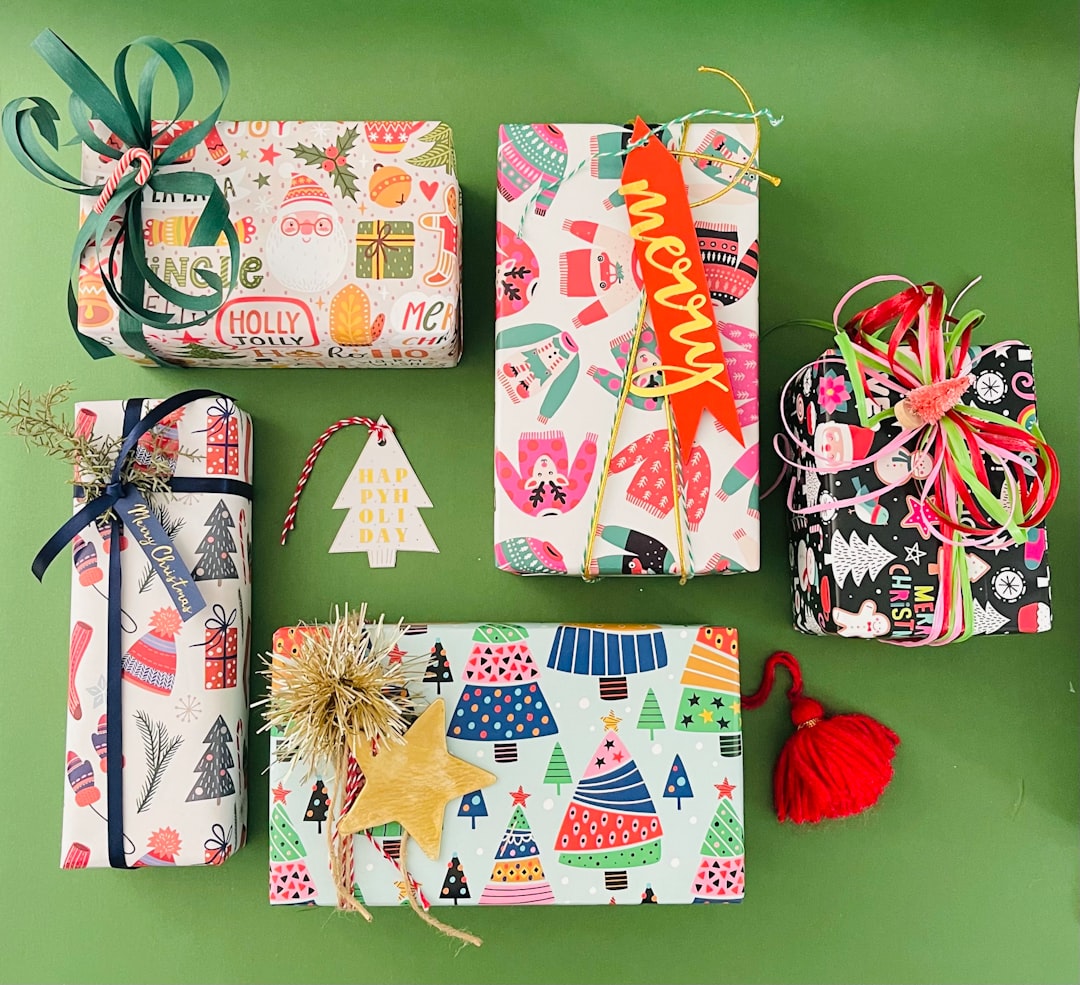In an era where visual branding is more significant than ever, businesses are using every opportunity to capture attention and create emotional resonance with their audiences. One compelling technique to keep your brand fresh and seasonally relevant is through the use of seasonal logo variants. Whether it’s the spine-tingling vibe of Halloween, the energetic rush of Black Friday, or the warm spirit of the holiday season, seasonal logos let brands temporarily dress for the occasion—without losing their identity.
TL;DR
Seasonal logo variants provide companies with a clever way to engage customers by tailoring their visual identity to reflect holidays and special events. Halloween, Black Friday, and the holidays are especially effective times for implementing thematic logo changes. These seasonal tweaks can increase brand visibility, drive emotional connection, and show cultural awareness. The key is to make changes that are creative yet consistent with the brand’s core identity.
Why Use Seasonal Logos?
At first glance, changing a logo—even temporarily—might seem risky. However, when done well, it offers multiple advantages:
- Increased Engagement: A themed logo can grab attention and spark curiosity among customers.
- Timely Relevance: Seasonal logos demonstrate that a brand is current and aware of cultural moments.
- Emotional Connection: Holidays stir emotion. A logo that reflects the season taps into those sentiments.
- Marketing Synergy: Seasonal logos work well with broader holiday campaigns and promotional materials.
1. Halloween Variants: Spookify Your Identity
Halloween offers immense visual flexibility for seasonal branding. From pumpkins and spider webs to ghosts and eerie typography, the creative options are almost limitless. The aim is not only to look festive but to tie the spooky theme into your overall communication strategy.
Popular design tweaks for Halloween-inspired logos include:
- Replacing letters with spooky elements, like a ghost-shaped “O” or bat-shaped “A”.
- Adding cobwebs or jack-o’-lantern faces subtly into the logo’s existing structure.
- Switching to orange and black color schemes to instantly evoke the Halloween vibe.

Some companies even animate their logos during October, adding flickering candles or flying bats on digital platforms. Google is a prime example—its Halloween Doodles are memorable, interactive, and eagerly anticipated by users.
2. Black Friday: Intensity Meets Impact
No period screams urgency like Black Friday. It’s fast-paced, high-stakes, and all about driving conversions. For brands, logo changes during this time are more aggressive and purpose-driven.
Rather than whimsical, Black Friday logo variants lean heavily on:
- Bold black and red color combinations to reflect urgency and strong calls to action.
- Incorporating clocks, tags, or flashing effects to create a sense of countdown or limited-time offers.
- Fonts that are sharp and edgy, suggesting precision and fast-paced buying decisions.
Unlike Halloween and holiday logos, Black Friday logos may only be used over a short window, sometimes as little as a week or even a single weekend. Because of this limited timeframe, the visual impact must be immediate and direct.

For example, retailers often take their standard logo and invert its colors or overlay a bold discount percentage over it. It’s an aesthetic cue that grabs eyeballs and signals that something big is happening—right now.
3. Holiday Cheer: Warmth and Joy in Design
The winter holiday season offers brands a chance to be festive and sentimental. Here, themes like snowflakes, ornaments, candles, stars, and wrapped gifts dominate the design landscape. Unlike Halloween, the focus isn’t on thrill or mystery but rather on warmth, generosity, and celebration.
When creating a holiday-themed logo, consider:
- Using reds, greens, golds, and silvers—timeless holiday colors recognized across many cultures.
- Adding subtle elements like snowflakes or ribbons to suggest festivity without overwhelming the original design.
- Typography that is rounded or handwritten, evoking a cozy, friendly impression.
Many brands transition their entire identity around this theme. Beverage companies often wrap their logos in snow and twinkling lights, and e-commerce platforms may include gift box icons or add falling snow effects to the logo on their website or app interface.

Striking a Balance: Novelty Without Confusion
The challenge with seasonal logo variants isn’t just coming up with the design—it’s executing it without losing brand recognition. You don’t want your audience to overlook your logo, or worse, mistake you for another company. That’s why consistency is still key. The core structure of your brand mark should remain intact, even as you dress it up for the season.
Successful seasonal logos keep a few core principles in mind:
- Recognizability: Despite additions or changes, your audience should instantly know who you are.
- Simplicity: Don’t overload the design. One or two well-placed elements are usually enough.
- Platform Awareness: Tailor the design’s complexity to the medium—what works on a web app might be too intricate for a product label.
Benefits of Implementing Seasonal Logos
The effort involved in altering a logo periodically may seem substantial, but the payoff can be just as significant. Here are some benefits businesses often experience:
- Higher Brand Recall: Customers tend to remember brands that offer unique, timely touches.
- Increased Traffic: Especially when paired with holiday campaigns, seasonal logos serve as attention magnets.
- Social Media Buzz: These logos are highly shareable, giving rise to user-generated content and increasing visibility.
- Versatility in Marketing: Themed logos integrate beautifully with seasonal email templates, website banners, and even product packaging.
Best Practices for Seasonal Logo Design
If you’re considering seasonal logos for your own brand, here are some best practices to keep in mind:
- Plan Ahead: Start work on your visuals a month or two in advance to avoid last-minute stress.
- Stay On-Brand: Although you’re theming the logo, make sure it still aligns with your brand’s tone, ethos, and design guidelines.
- Use a Modular Design: Create flexible logo elements that can be swapped out for different seasons without a complete overhaul.
- Test First: Share drafts with a small audience or team to gauge clarity and impact before a public rollout.
Final Thoughts
Seasonal logo variants are more than mere decorations—they’re visual dialogues between your brand and your audience. By aligning your branding with holidays like Halloween, Black Friday, and the broader festive season, you show flexibility, creativity, and cultural relevance. These visual shifts not only keep your brand in tune with your marketing strategy but also ensure you remain memorable throughout the year’s key moments. Embrace the season, but never abandon your identity—that’s the sweet spot where themed branding truly shines.




